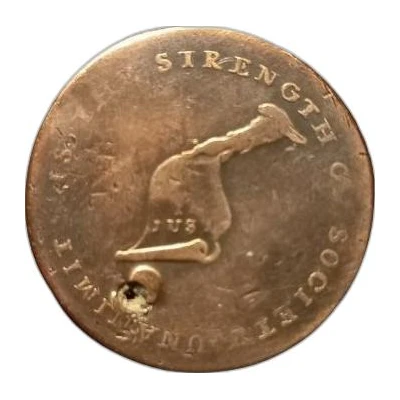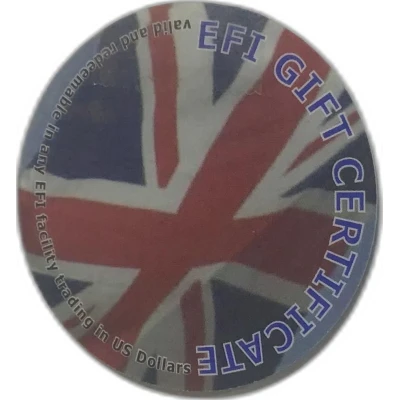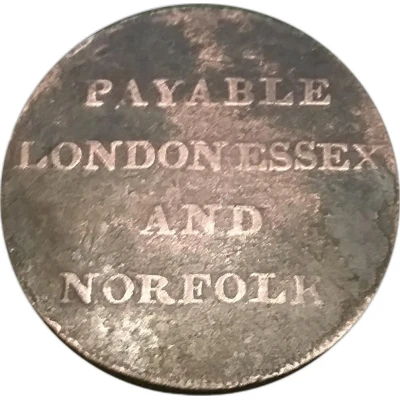


© Manu62
½ Penny - Kentucky or star pyramids ND
| - | 11.98 g | 28.6 mm |
| Location | United Kingdom (United Kingdom, British Overseas Territories and Crown Dependencies) |
|---|---|
| King | George III (1760-1820) |
| Type | Trade tokens › Business tokens |
| Value | ½ Penny (1⁄480) |
| Currency | Conder tokens (1787-1797) |
| Weight | 11.98 g |
| Diameter | 28.6 mm |
| Thickness | 1 mm |
| Shape | Round |
| Technique | Milled |
| Orientation | Medal alignment ↑↑ |
| Demonetized | Yes |
| Updated | 2024-11-14 |
| Numista | N#341377 |
|---|---|
| Rarity index | 97% |
Reverse
Stylistic Flower design
Script: Latin
Lettering: "E PLURIBUS UNUM"
Edge
Plain
Comment
This undated token is thought to commemorate Kentucky's admission to the nation, and is therefore thought to have been produced around the time of Kentucky's admission as the fifteenth state in 1792 but before 1796 when Tennessee was admitted. The obverse inscription on the parchment probably refers to Kentucky's long-standing desire to secede from Virginia and become an independent state. The edge is generally smooth, but some are inscribed "PAYABLE IN LANCASTER, LONDON OR BRISTOL". This variant led Crosby to attribute the token to Lancaster (England), however, no Lancaster corner is known. Breen suggests that the dies may have been engraved by John Gregory Hancock, who was employed at the Westwood mint in Birmingham, as he used "Lancaster" lettering on tokens produced for Thomas Worswick and Co. a Lancaster banker. Breen also speculates that some of the corners used on the Kentucky token were also used on other tokens produced by the Westwood mint.Breen suggests that Kentucky tokens were popular and circulated in all American states.



